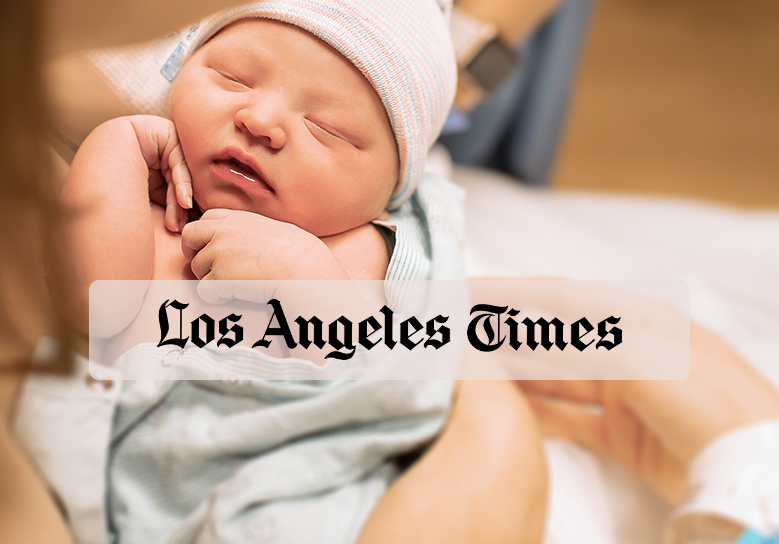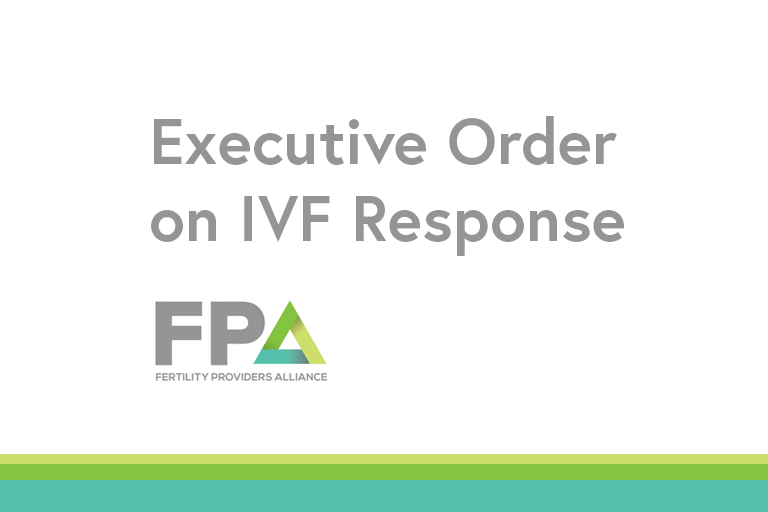While cancer treatments have advanced, those treatments can threaten fertility. Here’s what women should know during Breast Cancer Awareness Month.
San Francisco (September 14, 2011) — Kim Kincaid had just met with her doctor to start planning a family when she received devastating news that same week–the 37-year-old East Bay executive had breast cancer.
In California, more women are diagnosed with breast cancer (over 25,000 each year) than any other state–and Kincaid had just become one of them.
While cancer treatments continue to offer better odds at survival, cancer still alters life plans forever. Many women are not aware that cancer treatments such as radiation and chemotherapy may destroy their reproductive potential and leave them infertile.
A study presented by the American Society for Reproductive Medicine found that less than 50 percent of physicians referred their patients to reproductive medicine specialists. Those who were not informed about fertility preservation options prior to cancer treatment commonly have long-term regret and a reduced satisfaction of life when compared to those who were informed.
“Patients are overwhelmed and stressed when they receive their diagnosis, and may not realize that cancer treatment can affect fertility,” says Dr. Louis Weckstein, medical director and reproductive endocrinologist with Reproductive Science Center. “When women recover from breast cancer and learn they are infertile, they are devastated. It is important that women know all of their fertility options when they are diagnosed.”
Fertility preservation options include egg freezing and embryo freezing, also called cryopreservation. Once a patient undergoes egg retrieval, eggs are fast-frozen using a state-of-the-art method called vitrification. After cancer treatment eggs can be thawed, and through intracytoplasmic sperm injection, embryos can be formed. Women may also choose to create embryos immediately after egg retrieval, and then freeze the embryos for later use. This is a better, more successful option if a patient has a partner at the time of treatment. Both options allow women to pursue a biological child in the future.
After learning of her choices, Kincaid pursued embryo cryopreservation. Now free of cancer, Kim and her husband Kevin are looking ahead. Due to Kincaid’s hormone-sensitive cancer, the couple will be using a surrogate. “We can’t wait to start our family. We are optimistic and hopeful to have a baby on the way by the holidays,” says Kincaid. “I’m so grateful to have found Reproductive Science Center to make all of this possible.”
Reproductive Science Center is a partner of Fertile Hope’s Sharing Hope Program, which provides fertility preservation options for cancer patients whose treatment may impact their future fertility. Through reproductive information, emotional support and financial resources, Sharing Hope strives to protect the reproductive health of cancer patients while informing of future parenting options.
Visit the Reproductive Science Center website for more information on the Sharing Hope Program and fertility preservation options for women.






